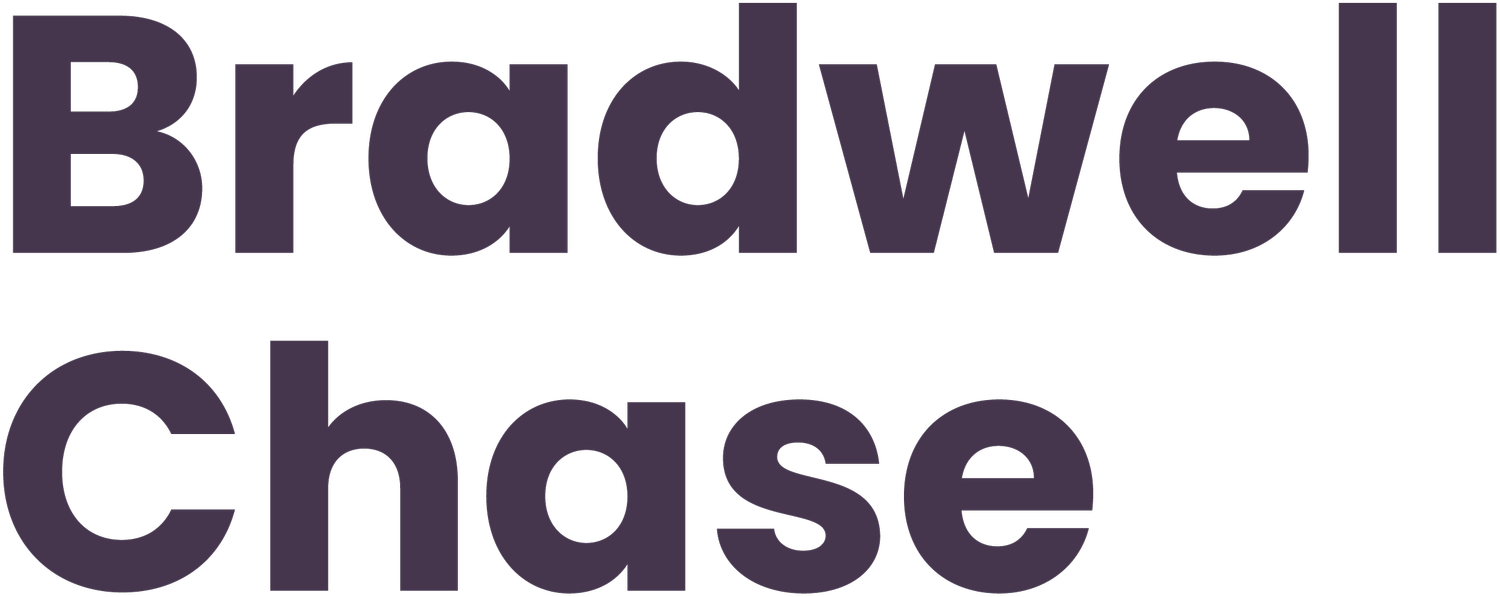Boost Focus & Reduce Stress at Work: Effective Breathing, Mindfulness, and Meditation Techniques
1. Breathing Techniques
Box Breathing
Inhale deeply for 4 seconds.
Hold your breath for 4 seconds.
Exhale slowly for 4 seconds.
Hold your breath for another 4 seconds before repeating.
This method is discreet and ideal during breaks or moments of stress.
Deep Diaphragmatic Breathing
Sit or stand upright and place one hand on your chest and the other on your abdomen.
Breathe deeply through your nose so your abdomen rises, not your chest.
Exhale fully through your mouth, letting the abdomen fall naturally.
2. Mindfulness Moments
1-Minute Check-In
Pause for a moment and focus on your surroundings, breathing, or the sensations in your body.
Observe your thoughts without judgement and gently return your focus to your breath.
Gratitude Meditation
Take 2–3 minutes to reflect on something you’re grateful for.
Picture it vividly and immerse yourself in the positive feelings it brings.
3. Desk Yoga and Movement
Tension Release
While seated, tense your shoulders up towards your ears as you inhale deeply.
Release and drop your shoulders as you exhale slowly. Repeat 5 times.
Mindful Stretch
Stretch your arms overhead or out to the sides. Breathe deeply as you hold each stretch for a few seconds, noticing how your body feels.
4. Guided Meditation
Apps and Tools
Use apps like Headspace, Calm, or Insight Timer for quick guided meditations tailored to working professionals.
Choose sessions lasting 5–10 minutes during lunch or coffee breaks.
5. Focus Meditation
Single-Tasking
While working on a task, focus entirely on the activity.
If your mind wanders, gently bring it back to the task at hand, using your breath as an anchor.
Counting Meditation
Close your eyes and count each inhale and exhale, aiming for ten complete breaths. Start over if your mind drifts.
6. Affirmation or Mantra Meditation
Select a calming phrase such as "I am calm and focused" or "I can handle this."
Repeat it silently to yourself during moments of stress or overwhelm.
7. Visualisation
Close your eyes and imagine a peaceful place, such as a quiet beach or a lush forest.
Focus on the sensory details—the sound of waves, the warmth of the sun, or the rustle of leaves.
Tips for Consistency
Schedule short, regular breaks (e.g., 5 minutes every hour) for mindfulness or breathing exercises.
Pair meditation with daily habits, like before checking emails or after finishing a task.
Create a calming workspace, perhaps with a plant or relaxing image to serve as a visual reminder to pause.
By incorporating these practices into your daily routine, you can maintain a calm and focused mindset throughout your working day.
